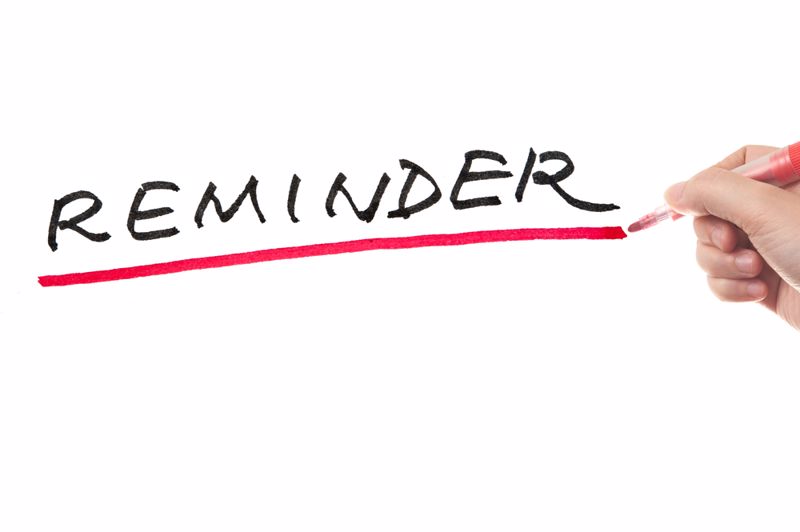You’ve made a smart move by choosing an electric toothbrush over a manual one. Several international organisations — from the Oral Health Foundation to the New Zealand Dental Council — corroborate the fact that battery-powered toothbrushes don’t just remove plaque more effectively than traditional brushes, they’re also better at fighting tooth decay and diminishing the risk of gum disease. The oscillating brush heads — combined with the circular hand motions from the toothbrush user — gives tartar buildup caused by food residue a real one-two punch.
You also get more bang for your buck with motorized toothbrushes. Although this isn’t always the case, some electric toothbrush manufacturers offer lifetime guarantees on their brushes so you can get a replacement one free of charge if it malfunctions.
That being said, the bristles on electric toothbrushes aren’t bulletproof. In other words, much like a regular one, the bristles do weaken over time and become slightly less effective at eliminating stains and bacteria compared to when you first started using the brush. This means you have to replace the brush head every now and then.
The question is: Just how often is often enough?
Switch once every three to four months
There is no hard and fast rule, generally speaking. Regardless of what electric toothbrush you use, the manufacturer will likely offer suggestions on when to swap out an old brush head for a new one. For the most part, though, you should plan to do it once every three to four months. Brush heads are just like anything else that gets regular usage: They’re susceptible to wear and tear. This weakens the bristles so they don’t have just the right amount of rigidity to clean thoroughly and get in between those hard-to-reach surfaces and crevices. Being proactive in this regard can really go a long way — and in more ways than one.
However, while 90 to 120 days is a fine range, you may want to replace your brush head even earlier if you find that the bristles aren’t providing the level of clean that you’re accustomed to. Several factors can weaken bristles at a quicker clip. Perhaps you brush your teeth more than twice a day (great job if that’s the case!). Maybe you brush your teeth a touch more aggressively than is preferable. Or maybe the bristles for this particular manufacturer don’t have the same level of resilience as others. Whatever the case may be, you can tell when your toothbrush isn’t working as well as it did when you first started using it. Let intuition be your guide.
 Scheduling a reminder is an easy way to know when it’s time to replace your electric toothbrush head.
Scheduling a reminder is an easy way to know when it’s time to replace your electric toothbrush head.How to remember
While oral health is very important, you undoubtedly have lots of other things on your mind that may prevent you from remembering to replace your brush head — or even noticing that it’s not working as well as it once did. If that’s the case, then stick to a schedule where you swap out the brush head after the three- or four-month mark. Setting a reminder on your phone is an easy way to let you know when it’s time.
Perhaps an even better strategy is by having a new brush head sent to you automatically. Several electric brush manufacturers have plans where they ship out a replacement brush head after however many weeks have passed. This takes the guesswork out of it. The plans are typically affordable too, not costing any more than what you would buy to replace a manual toothbrush.
Brushing your teeth regularly is crucial to your oral health — and so is having your teeth cleaned professionally. The hygienists at City Dentists provide a deeper level of clean that even the best electric toothbrush can’t reach. Contact us today to set up an appointment.
